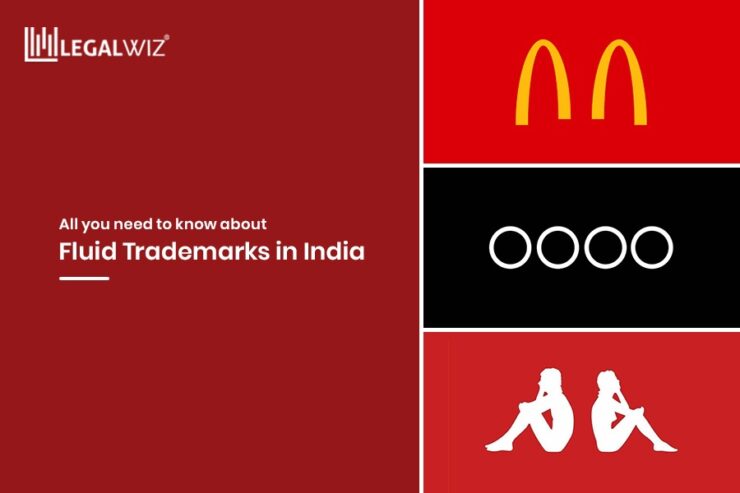Introduction.
We, humans, are unique creatures who are always eager to develop and evolve. In the 21st century, with the advancement in technology and the changing pattern of lifestyles, the enterprising nature requires to be stable to attain a common purpose of betterment in every aspect for the denizens and nation.
Nonetheless, in the race of making profits, earning income, the mindset of the commerce and industry for few decades in believing in the transformation process. Such type of mindset has led customers to persistently change and this is where it gets crucial for visionary brands to opt for TM registration that ensures protection against infringements.
Changes in the quality, product packaging, pricing, and quantity. It is said that this world of branding advertising, marketing and packaging. Thus, trademark, of all sorts are crucial to attracting customers. The sign mark, wordmark, slogan, tagline, that makes the trademarks, has taken many facets and forms.
Defining trademark and trademark laws.
As per section 2(zb) of the trademark act, 1999, a trademark means a mark that has the potential of being represented graphically and which is capable of differentiating the goods or services of one person from others and might include the shape of goods, their packaging and combination of colours and subsection (zb) (i) (ii).
Here, fluid trademarks have come into existence as a dynamic marketing tool and becoming a more popular mode of branding where the brand owners embrace novel ways to catch the attention of their customers by way of brand renovation to retain customer engagement, without changing the identification source.
Fluid trademarks are the marks that are based on original acclaimed and well-known trademark, but which have been advertently changing to appear as a number of variants while regaining some of the basic and essential features and elements of the original mark.
You might have encountered many acclaimed traditional brands/trademarks in the various variations. New age trademarks are very appealing. Which are generated more likely to catch the public attention in the commercial arena on the internet. These marks prove to be very famous for the brand owners to connect with the people with the changing trends in the market and by personalising the traditional marks according to the current occasion such as season, festival, weather and so forth to leave a more subjective impression on the customers.
It can take several forms including graphical symbols, logos, verbal elements or a combination thereof (such as any type of identifier that qualifies as a trademark).
Trendsetters that are behind the trademark brand makers.
– Fluid marks are more attractive than a mark that remains static.
– To keep the interest in the brand and to catch the customer attention specifically online.
– It bolsters brand awareness by engaging with the customers.
– In case the trademark owner has no trademark protection for its variants, he/she is not allowed to initiate a process when a third party uses one or more signs that correspond to these variants. The safeguard only extends to his/her registered underlying mark.
The trademark works as a source identifier by extensive use. Nonetheless, in the constantly changing world, brand owners embrace every potential approach to keep up with the competition and catch the attention of the customers. On the other hand, fluid trademarks help to popularize the mark by embracing a new and trending approach, it should be used aptly in the Indian market given that the concept of fluid trademarks is yet to be tested in the Indian courts and can be protected only via common law protection and through placing reliance on the originally registered mark. If used aptly, the owners can make the most out of it.
Registering the fluid trademark.
If you consider doodle by Google as a fluid trademark, then it is only meant for a temporary period, and thus the need to protect it will be limited in nature.
Big brands should not worry about infringement such as Google, MNC, PepsiCo and so forth. The trademark registration process has been codified in the IP laws.
As per chapter 3 of section 18 to 26, the registration process is fully enumerated. It can be done online/offline. For that, you will have to visit the official government website. Also, it is advisable to recruit a trademark registration expert, an advocate for international registration and a trademark attorney.
To make sure that the proposed business entity is not misled. As of now, there is no particular codified trademark law to get protection from the infringement in the fluid trademark as it is a new concept and its presence is more on the digital platforms than in reality. That’s why one should focus on protecting the core of the trademark on which the fluid variants are based.
Famous examples of fluid trademarks.
The most acclaimed of them is Google’s Doodle.
India’s 74th Independence Day, Google projected a cultural element of India embedded in the Google mark.
Protecting the fluid marks.
Famous trademarks require embracing a good strategy while adapting fluid trademarks. They will have to ponder over whether they want to register a fluid trademark and how they want to monitor and impose their fluid marks. To capture the essence of the fluid mark, the applicant will have to describe the different varieties of the mark as the US trademark manual of examining procedure has mentioned.
In conclusion.
In the era where new technological advancement, innovations, rebranding, branding and surviving techniques have been emerging daily in the market, it is challenging to protect the mark. But with the right approach and planning, this can be done as well.






























